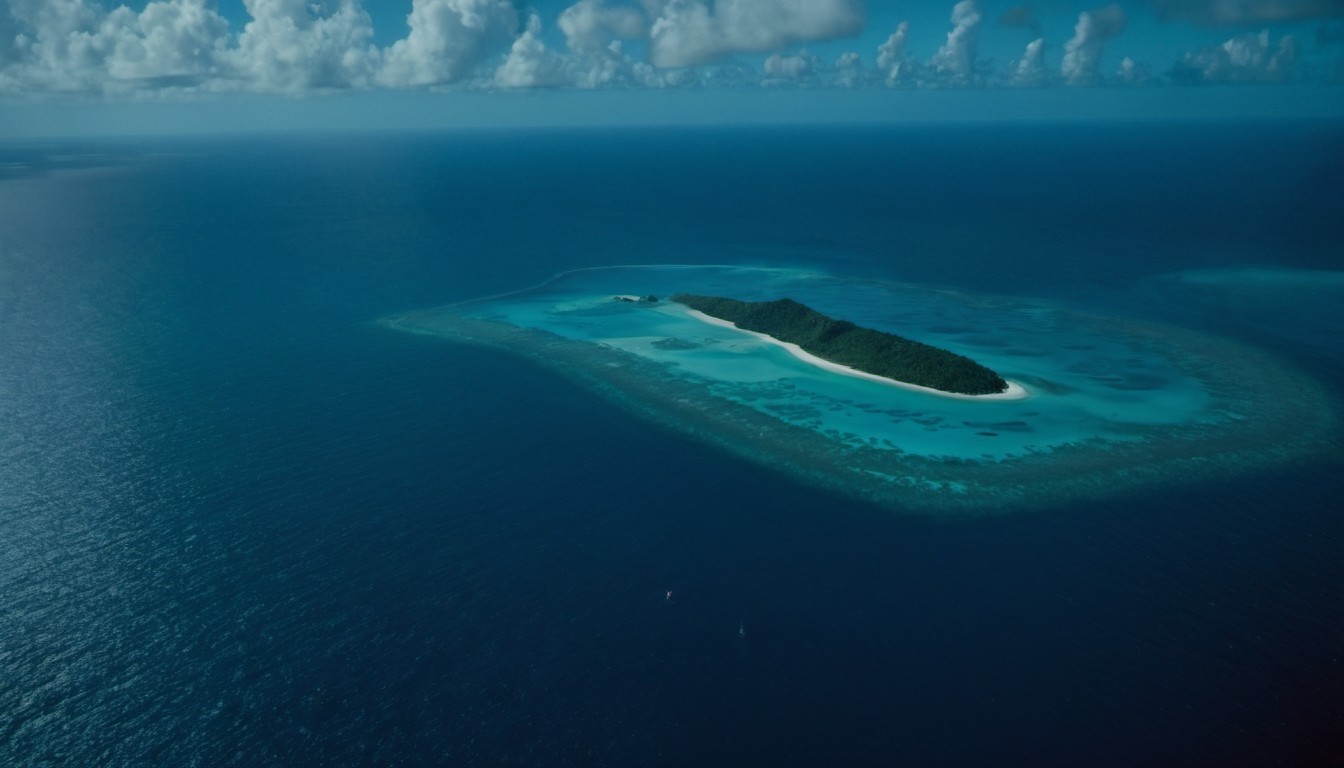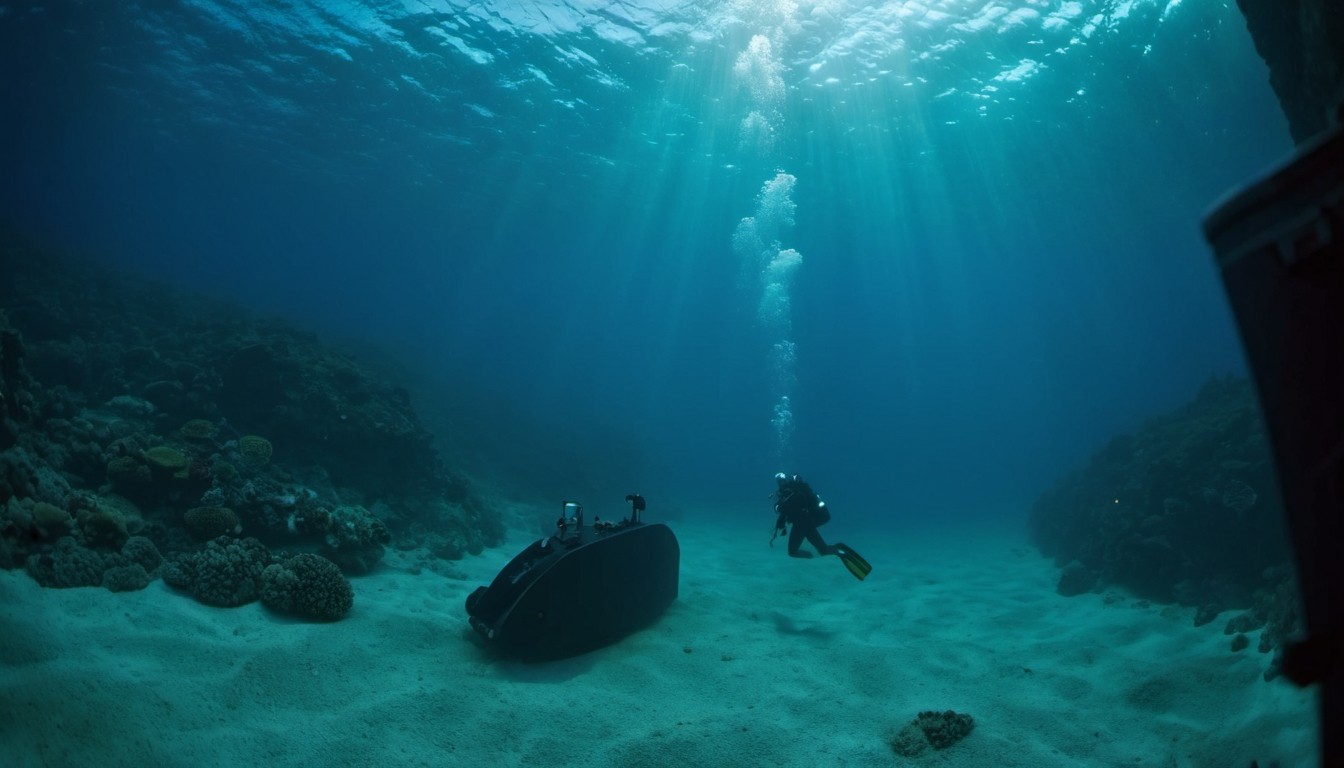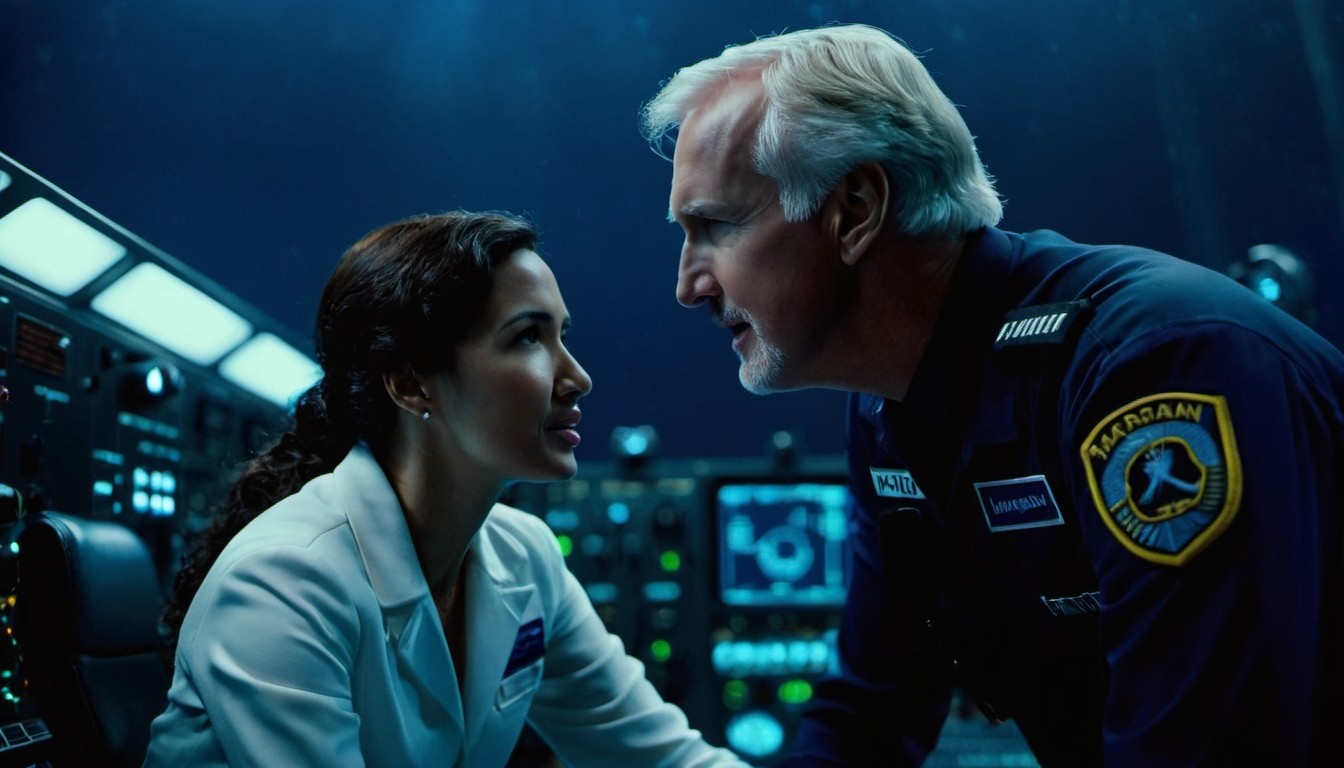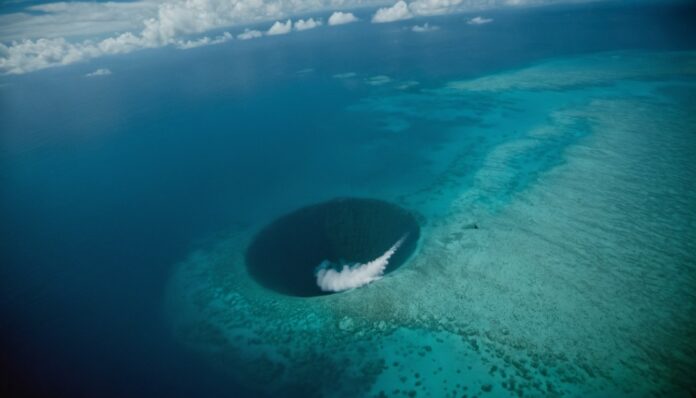Mariana Trench is located in the western Pacific Ocean, east of the Philippines. This underwater trench stretches for about 1,550 miles (2,500 kilometers) and reaches a maximum known depth of around 36,000 feet (nearly 11,000 meters) at a point called Challenger Deep.
Explorers have been fascinated by the Mariana Trench for many years. The first successful manned descent to the bottom was made in 1960 by Jacques Piccard and Don Walsh in a submarine called the Trieste. More recently, in 2012, filmmaker James Cameron made a solo descent, bringing renewed attention to this mysterious part of our planet.
Life in the Depths
Despite the extreme conditions, life exists at the bottom of the Mariana Trench. Scientists have discovered various species of marine life that have adapted to the high pressure, cold temperatures, and lack of sunlight. These creatures include giant amoebas, shrimp-like animals, and even some types of fish.
The existence of these organisms shows how resilient life can be. Studying them helps scientists understand more about the limits of life on Earth and how it might exist on other planets. These discoveries also remind us of how much there is still to learn about our own planet.
The Unique Environment
The environment of the Mariana Trench is unlike any other place on Earth. The pressure at the bottom is more than 1,000 times the standard atmospheric pressure at sea level. This immense pressure would crush most submarines, making exploration a significant technological challenge.
The temperature in the trench is also near freezing, yet there are hydrothermal vents that release superheated water, creating small pockets of warmth. These vents are home to unique ecosystems that thrive in the otherwise harsh conditions. Studying these environments helps scientists learn more about how life can adapt to extreme conditions.
Challenges of Exploration
Exploring the Mariana Trench is no easy task. The extreme depth and pressure require specially designed equipment and submarines to withstand the harsh conditions. Each expedition is costly and poses significant risks to the crew and equipment involved.
However, the rewards of exploring the trench are immense. Each mission brings new discoveries and insights into the unknown parts of our planet. Advances in technology continue to improve our ability to explore these depths, opening up more opportunities for scientific breakthroughs and new knowledge.
James Cameron’s Historic Dive

In 2012, filmmaker and explorer James Cameron made history with his solo descent to the bottom of the Mariana Trench. This groundbreaking expedition was part of the DEEPSEA CHALLENGE project, which aimed to explore and document the depths of the ocean. Cameron’s dive marked the first solo journey to the trench’s deepest point, Challenger Deep, reaching a depth of about 35,787 feet (10,908 meters).
Cameron spent about three hours at the bottom, capturing high-resolution 3D images and collecting samples. His submersible, the Deepsea Challenger, was specifically designed for this mission. It was equipped with a reinforced hull to withstand the immense pressure and advanced scientific instruments to gather data. The success of this mission provided invaluable insights into the trench and showcased the potential of human ingenuity and perseverance.
James Cameron’s expedition significantly contributed to scientific understanding and the field of deep-sea exploration. The high-definition footage and samples collected during the dive have been invaluable to researchers studying the trench’s unique environment. Cameron discovered new species and geological features, adding to the body of knowledge about the deep ocean.
The expedition also highlighted the importance of ocean exploration and inspired future missions. Cameron’s work brought attention to the largely unexplored depths of our planet, emphasizing the need for continued investment in marine research.
His achievements have motivated other explorers and scientists to push the boundaries of what is possible in deep-sea exploration, promising even more discoveries in the future.
Geological Significance
The Mariana Trench is not just significant for its depth; it also plays a crucial role in our planet’s geology. It is part of the boundary where two tectonic plates, the Pacific Plate and the smaller Mariana Plate, meet. This boundary is a subduction zone, where one plate is forced under another into the Earth’s mantle, leading to the creation of deep ocean trenches.
This process is vital for understanding plate tectonics and the dynamic nature of our planet’s crust. The subduction zones are also responsible for intense geological activity, including earthquakes and volcanic eruptions, which can have significant impacts on the surrounding regions and global climate patterns.
Future Explorations
The future of Mariana Trench exploration looks promising. With advancing technology, scientists hope to conduct more frequent and detailed explorations. Autonomous underwater vehicles (AUVs) and remotely operated vehicles (ROVs) are being developed to explore the trench more efficiently and safely.
These future missions aim to map the trench more accurately, study its geology, and discover new species. Each exploration mission not only contributes to our understanding of the trench itself but also provides insights into the broader mysteries of the ocean and the origins of life on Earth.
